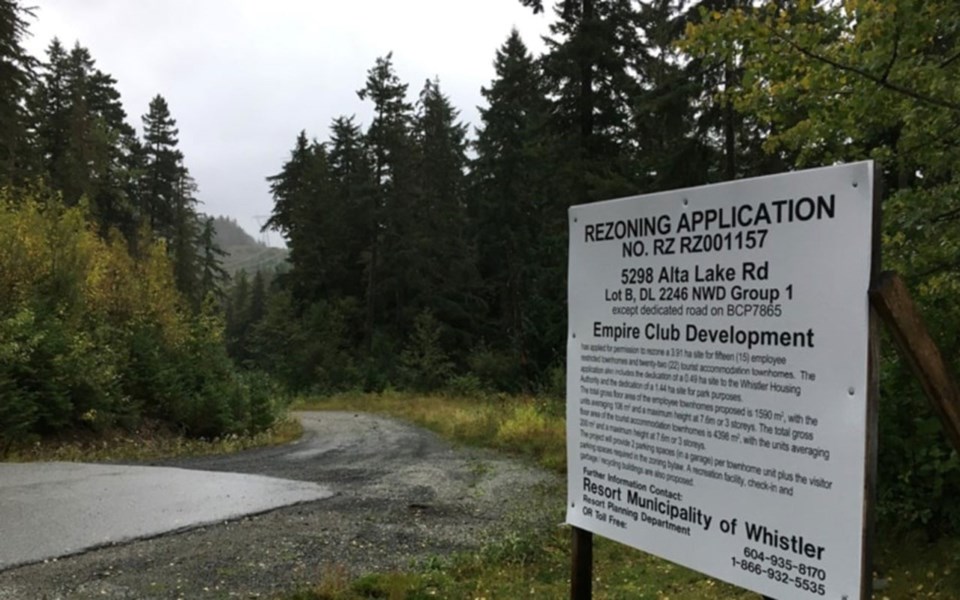It was hardly shocking when council unanimously approved the high-density townhouse development on Nita Lake. Long before the provincially mandated period of public input, it was clear their minds were made up and that it was—as one put it—a "slam dunk.”
It was nonetheless disappointing—and, honestly, more than a little hurtful—that they did so without acknowledging the widespread and sustained opposition to this project. The surprisingly brief report from staff makes it seem like there was some sort of healthy balance between submissions for and against; in reality, over 200 individuals wrote in or spoke out against this bylaw in its current form, with only a few dozen in favour.
The Official Community Plan requires this kind of rezoning to be “supported by the community, in the opinion of Council.” It’s now clear that either council has a very idiosyncratic way of judging such support, or that this provision is so worded as to be utterly meaningless or completely unenforceable.
This development has been presented as an employee-housing project supported by a market-rate component, but it remains very much the opposite. From this posture, the applicant has always sought to frame the debate as between the entrenched and the precarious, between hard-working locals and entitled outsiders.
From the correspondence received by council, however, it’s clear that opposition to these townhomes came from all over Whistler. The common concern was never preventing the proper development of this parcel, but simply ensuring that it proceeded with good sense and long-term vision.
A small minority may have been worried about the impact on their views or commute, but the vast majority expressed distress about the shared public asset of Nita Lake and was—perhaps more importantly—mindful of principles of responsible planning and good governance.
This is a concerning precedent. The developer has been granted an exceedingly generous amount of market-rate density in exchange for rather few employee-housing units: the Resort Municipality of Whistler will be forced to use this ratio as a benchmark for similar projects moving forward, if only to avoid the persistent suggestion that this deal was in any way exceptional due to this particular applicant’s prominent role in forming public policy.
Council has now admitted that every market “bed unit” they offer up as a reward for building employee housing is one fewer that can actually go to a qualified Whistler employee. By doling them out so liberally, we may be drowning the baby in the bathwater.
If only council had at least gone through the motions of saying this outcome was a balance of competing priorities rather than an unbridled success, I’d personally be a little less disappointed, although I doubt I’d be any less concerned.
Brandon Green // Whistler




